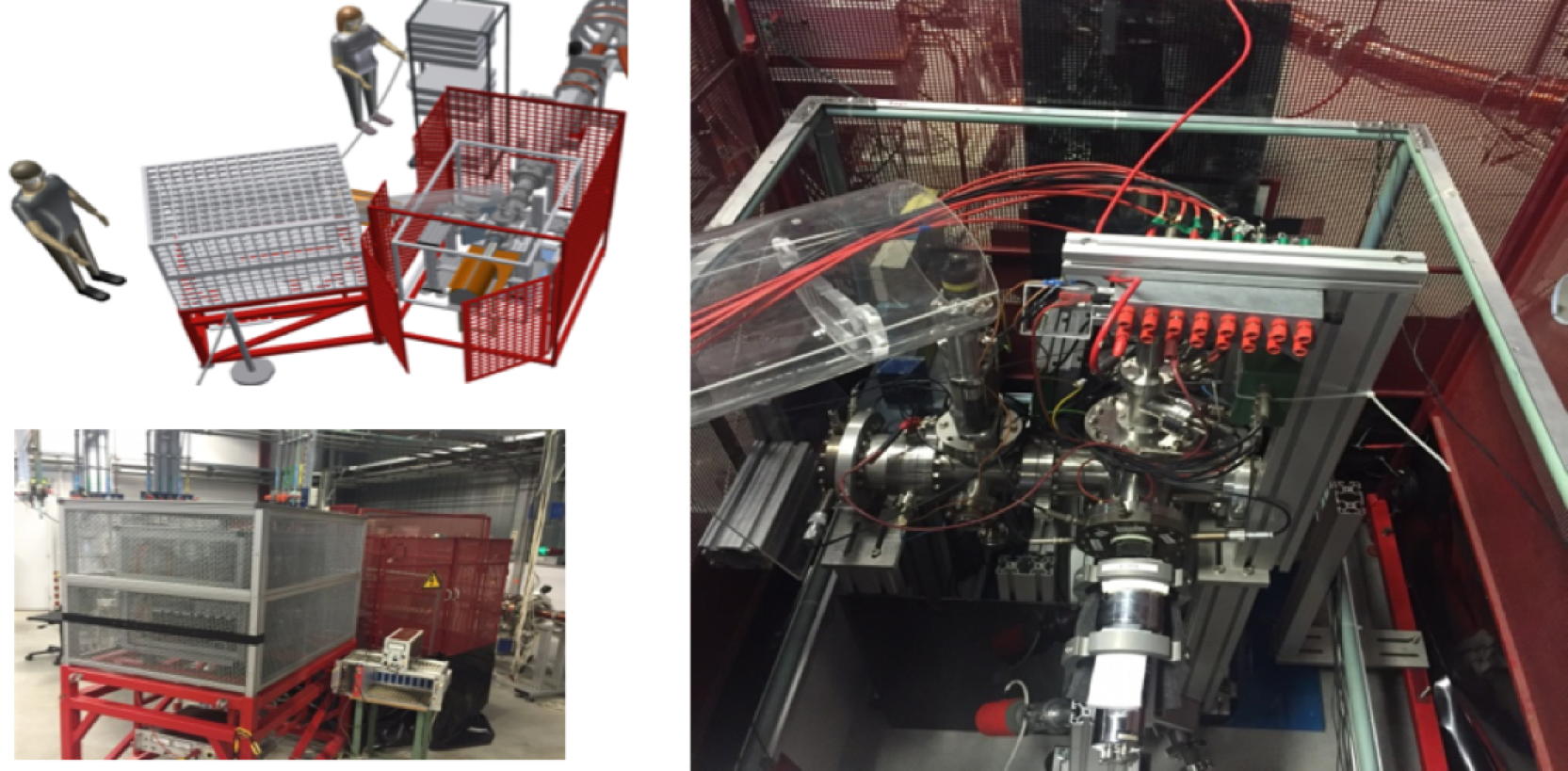POSH-PALS

Positron Annihilation Lifetime Spectroscopy (PALS) is a unique method for identifying defects and their concentrations in materials. These defects, ranging from atomic vacancies to nanovoids, have a significant influence on the properties of many materials, but are usually too small to be made visible (e.g. with electron microscopy). Positrons are highly sensitive probes for open-volume defects because the lacking of repulsive coulomb interaction due to the missing atom(s) creates an attractive potential for the positively charged positron. The ultimate fate of a positron in a material is annihilation with one of the abundant electrons. During the annihilation process both the electron and the positron “disappear” and their total energy (mass and kinetic) is converted into two photons with a characteristic energy of 511 keV. Detection of such an annihilation photon thus marks the end of a positron’s existence. If the moment when the positron enters the material is registered too, its lifetime can be determined. This lifetime depends on the annihilation rate (i.e. the inverse of the positron lifetime) which is lower for trapped positrons because of the locally reduced electron density. By measuring the lifetimes of many (typically >106) positrons a so-called positron lifetime spectrum is obtained from which defect concentrations and defect sizes can be derived. When using 22Na isotope as positron source the moment of positron injection is obtained through the detection of the simultaneously emitted 1.27 MeV photon. Unfortunately, 22Na shows a broad positron kinetic energy distribution, and therefore the depth at which a positron has become trapped and annihilated is unknown. This lack of depth resolution can be solved by a process called moderation through which the broad energy distribution is converted in to nearly single energy. Since this process has a low efficiency a strong primary source of positrons is required. At the 2MW research reactor facility at the Reactor Institute Delft we have met this requirement by producing an intense beam of positrons with well-defined energy through a process known as pair-production utilizing the high energy gammas near the core of the reactor. Since this method does not a supply suitable “start” gamma, as is the case when using 22Na, a new method for determining the arrival of a positron at the sample surface is being developed. This method is based on the detection of secondary electrons that are released when a positron hits and penetrates the surface of a material. The present project status is that a beam energy tunable positrons is efficiently transported and focused onto a sample (in the form of a micro channel plate) after having passed a thin carbon foil used for generation of secondary electrons. The next step is to set-up and test the detection system for these electrons and to correlate the obtained time signals with the accompanying annihilation photons.
contact : dr. H. Schut NPM2/ RST (h.schut@tudelft.nl)

